Key Points:
- Prepare the room for sleep
- Write down a sleep schedule
- Stick to the sleep schedule and get ready for bed at the same time every night
- Make your sleeping environment comfortable
- Create a comfortable sleeping environment
- Get rid of blue light from electronics and fluorescent lights by turning off screens and setting your indoor lighting to red
- An easy step for some to make when looking to create an environment that aligns with their living space is first to use paint color. People’s natural response is to associate color with emotion; it can also have the opposite effect when viewed in different lighting conditions. Paint colors that have been known to have calming effects on people are blue and purple tones.
Sleep is essential for your health, alongside diet and exercise. It prevents dementia and also restores the body and mind. However, people often desire less sleep, especially due to productivity. They are still busy with their gadget on the bed late at night.
Many factors contribute to sleep issues, but interior design can be part of the problems to your sleep quality. A messy bedroom filled with a lot of stuff, having bad air circulation and light, a squeaky bed, and the other problems can disrupt your sleep.
Thus, re-evaluating your sleeping space can be a drug-free way to treat insomnia. Here are ten interior design pieces of advice that will improve your sleep quality. See if you can adapt some. As always, Simphome presents you with the list.

🔊10 Interior Design Advice that will Improve Your Sleep Quality Video:
List Entries:
10. It All Starts with the bed
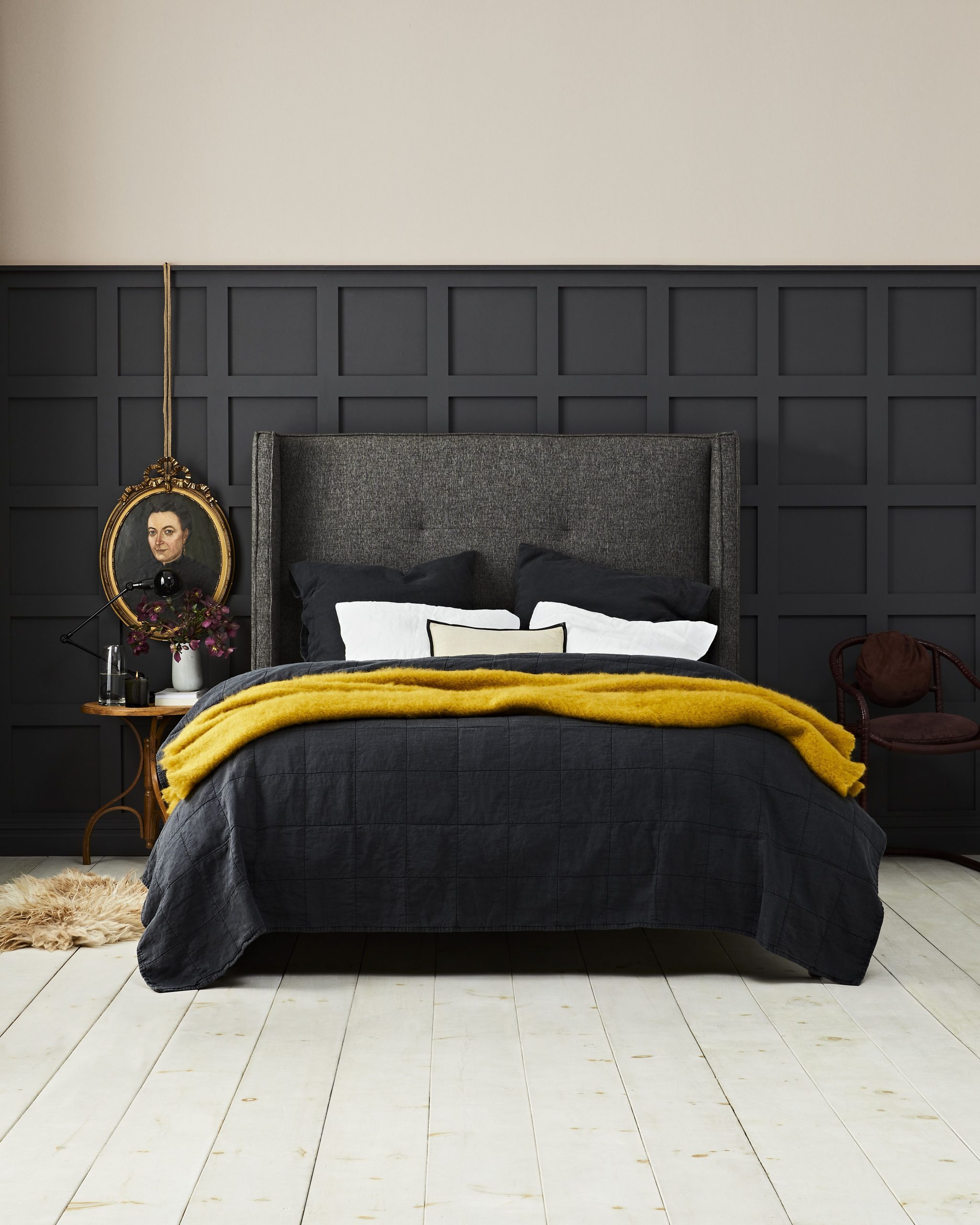 The bed is where you should start to get the best possible sleep. Choose the best mattress that conforms to any individual body shape and movements, is free from unhealthy or harmful substances, and supports the spine in a natural, relaxed position. Use a solid headboard and the bed frame’s legs to allow air circulation below the bed. Place the bed facing the door, so you can see whoever enters the room.
The bed is where you should start to get the best possible sleep. Choose the best mattress that conforms to any individual body shape and movements, is free from unhealthy or harmful substances, and supports the spine in a natural, relaxed position. Use a solid headboard and the bed frame’s legs to allow air circulation below the bed. Place the bed facing the door, so you can see whoever enters the room.
Not only the mattress, but you should also search for the right duvet and pillow that helps you remedy the sleep posture and maintain a comfortable position throughout the night. One more thing, consider your bedding. When possible, you can also select bedding that stays cool such as the bamboo rayon line that absorbs heat better than most cotton sheets.
9. Select Colour & Texture that Conducive to Sleep
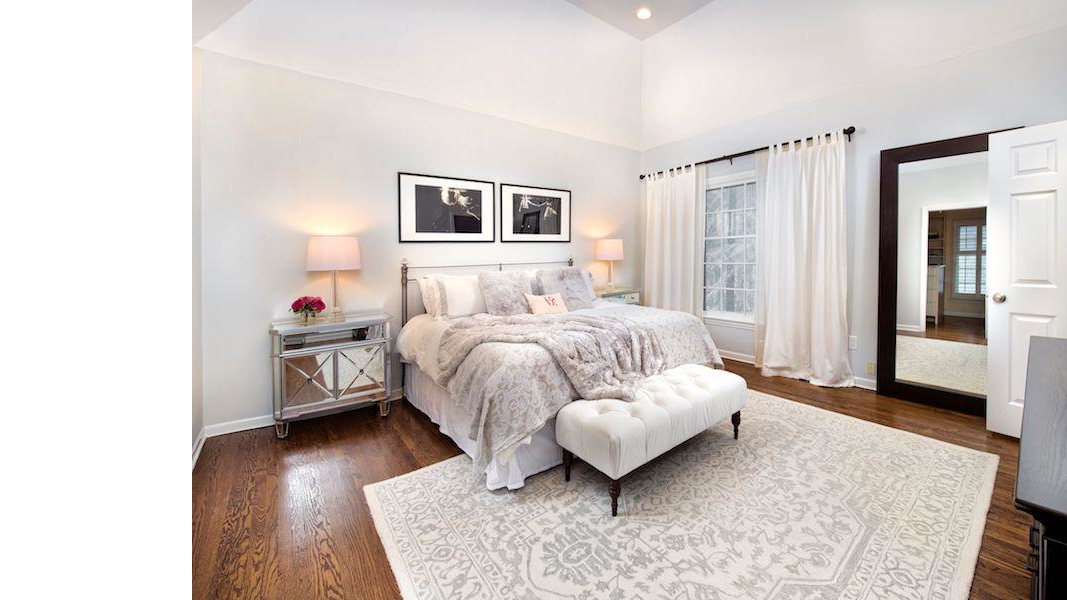 It’s not a surprise that colors can instantly change the whole mood of the room. For this reason, you have to choose colors that best express your personality and the mood you want to create in the bedroom.
It’s not a surprise that colors can instantly change the whole mood of the room. For this reason, you have to choose colors that best express your personality and the mood you want to create in the bedroom.
Hues like moss greens, blues, pale yellows, lavender, and warm pinks are relaxing and perfect for your bedroom interior design. You had better avoid strong colors like purple or red because they are less conducive.
Next, think about the textures. Choose bedding fabric that feels best to your skin, cotton, satin, or linen. Add a faux fur blanket for a richer texture. Opt for a flat paint finish instead of glossy to keep the colors softer for the wall.
8. Declutter your mess to Relieve some of your stress
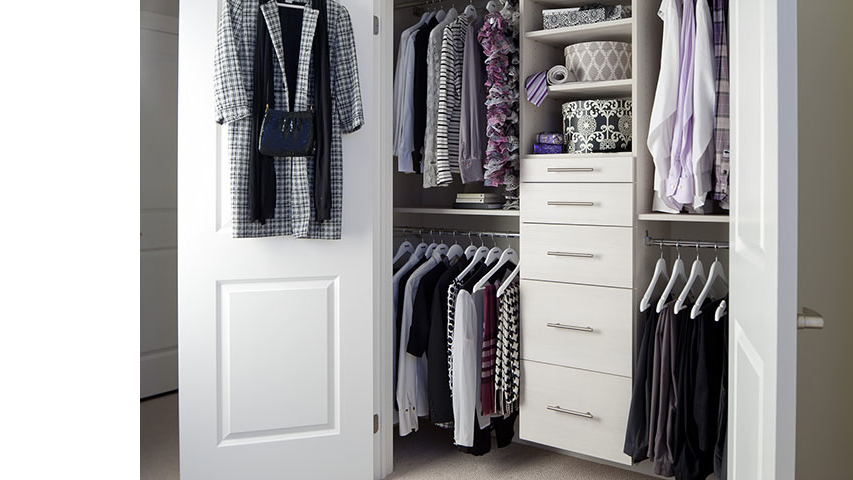 Your bedroom must be the least cluttered room in your house because visual clutter can generate stress and anxiety, known as sleep barriers. Items like electronic devices, business documents, clothes, bookshelves full of books, storage under the bed, photographs, etc., may disrupt your sleep. Review items you don’t need, break up the decluttering into daily chunks so you don’t feel overwhelmed, and make piles of stuff you can donate and toss away.
Your bedroom must be the least cluttered room in your house because visual clutter can generate stress and anxiety, known as sleep barriers. Items like electronic devices, business documents, clothes, bookshelves full of books, storage under the bed, photographs, etc., may disrupt your sleep. Review items you don’t need, break up the decluttering into daily chunks so you don’t feel overwhelmed, and make piles of stuff you can donate and toss away.
Some tips for decluttering are choosing a closed wardrobe closet that doesn’t expose the contents and using extra organizers in the wardrobe to maximize your storage space. Next, find homes for knickknacks like baskets, bins, or boxes to avoid litter on the ground. If you think it is possible, turn a spare room into a walk-in closet.
Other decluttering ideas to help you acquire better sleeping experiences:
- Idea no 1: Look around your room and find all things you can use to decorate your bedroom. Remove everything else, making it easier to focus on the most important things.
- Idea no 2: Consider your storage needs; for example, you need to store the frequently used things if you have limited space. Remember that it is important to store things in order and label them to be easily used when needed.
- Idea no 3: Clean up your room and tidy up all pieces of stuff in the room. This includes putting away clothes, books, and papers, cleaning the windows, and dusting other furniture in the room or house. This idea will produce a clean and relaxing space that is good for sleeping.
- Idea no 4: Sort stuff in your room into piles, including trash and items you can store in the closet. Next, store the things that are not used right now. If you have a lot of stuff, consider using storage boxes to put them away instead of leaving them on the floor or under the bed.
- Idea no 5: Create a quiet space by turning off anything that may eat up your sleeping hours, such as your TV or computer, etc. Consider having a background noisemaker such as white noise if you have trouble sleeping with little to no noise at all.
- Idea no 6: If you have a lot of stuff, use a storage unit. You can use hooks in the wall to store stuff or even trap the items in the apartment with racks and shelves that allow you to store them all orderly. The important thing is to create a clear space for sleeping at night.
- Idea no 7: Consider changing bedding often so that it is not too dirty or old and has already become part of your bedroom’s decor.
- Idea no 8: If you want to be more organized when cleaning your bedroom, consider putting all small dirt on paper towels or cloths and putting it into an empty box where you can throw it away whenever they accumulate more dirt.
- Idea no 9: If you want to take it more seriously, you can use a vacuum cleaner to clean the dust around the bed and even vacuum the bed itself. It will help you create a better environment for sleeping at night.
- Idea no 10: If you have long hair, consider tying it back during sleep, so it is not in your way when you sleep or cover your face while sleeping.
7. Incorporate Lighting in Layers
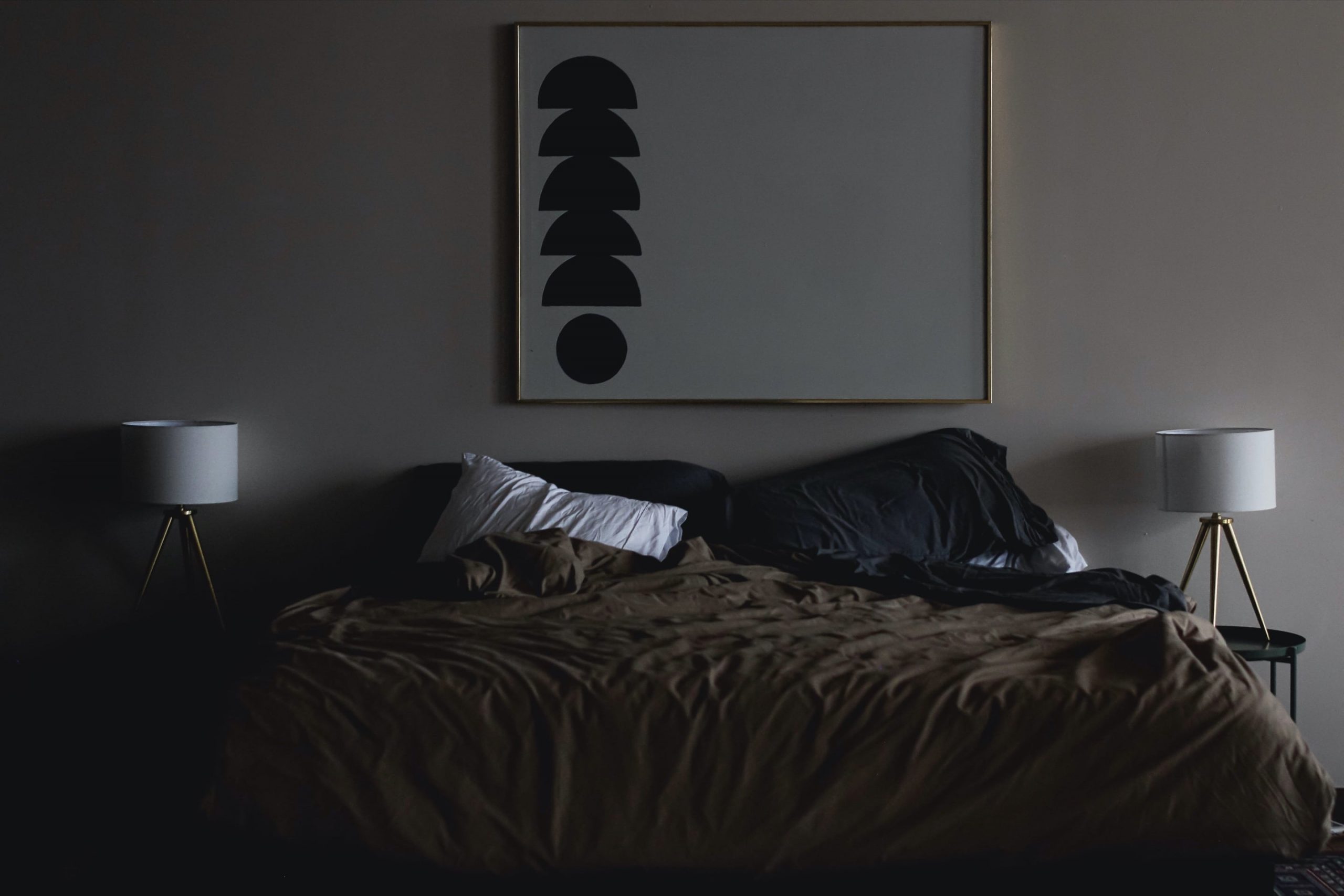 After being exposed to the blue light from the gadget all day long, give your eyes a respite. Excessive lights before bed prevent melatonin production. On the other hand, lower light creates a sleepy space.
After being exposed to the blue light from the gadget all day long, give your eyes a respite. Excessive lights before bed prevent melatonin production. On the other hand, lower light creates a sleepy space.
There are many ways to create the right atmosphere conducive to good sleep.
Incorporating layers of lights such as table lamps, wall lights, reading sconces, and chandeliers could be helpful. Use bulbs with lower wattages, or if you already have super bright lamps, try use lampshades that diffuse brightness. You can use a switchable dimmer right to your bed, so you don’t have to get up to adjust the lights.
Transform Your Bedroom Sleep-Friendly by Using better Lighting selections
Lighting is one of the most overlooked aspects of a bedroom interior design. You need to make sure your lights are as subdued as possible, so they don’t disrupt your circadian rhythm and provide enough light for safe wandering at night.
Detail instructions:
- Step 1. To begin, choose quality lighting. The best choices include everyday-lit sconces, pendants, or chandeliers. These are all very low-energy and can be used to replace inappropriate bulbs that emit excessive brightness. You won’t have to actuate the switch once a week with these lights.
- Step 2. Install dimmer switches for your lights so you can control the brightness levels at night. Dimming switches are useful for controlling the amount of light emitted by your bulbs, offering better sleep in general and particularly in bedtime hours.
- Step 3. Invest in dimmer switches for your bedside lamps so you can adjust the amount of light emitted by your lamp. Dimmer switches are convenient and easy to use and allow you to create a pleasant atmosphere for sleeping at night.
- Step 4. Invest in lighting systems. Sofas, beds, and stand-alone nightstands provide enough light when used with dimmer switches. You can use these as great nighttime lighting options to create a peaceful atmosphere conducive to good sleep.
- Step 5. Invest in rugs or cushions that allow you to move around in bed easily. You will sleep better if you can lie across your bedding and feel the softness underfoot.
- Step 6. Get rid of blinds and use eye-pleasing curtains for a beautiful bedroom interior design. Curtain rods placed at the foot of your bed provide great light control, so you can get used to waking up at night without worrying about being too exposed. Plus, curtains can help you block out light from the second-story windows.
6. Add Spa-like Scents
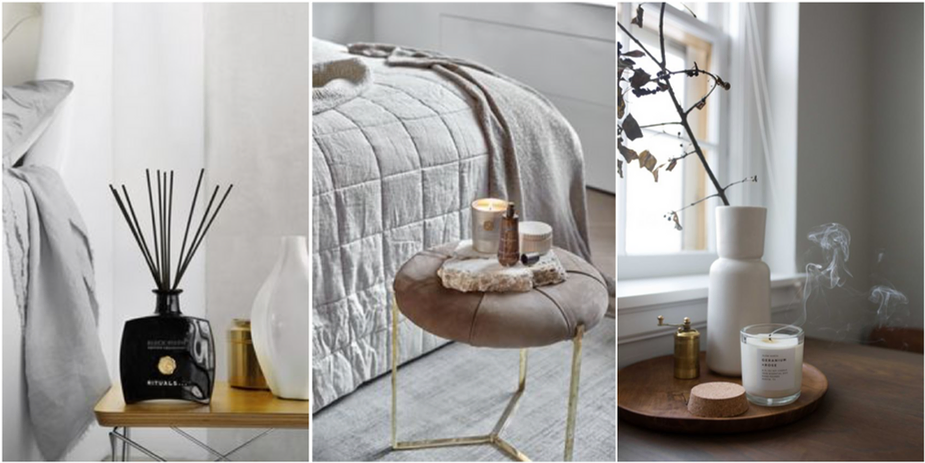
The prima donna scents like lavender or jasmine create an effective retreat after a tiring day. Or you can buy the latest trend, a diffuser, that have more various scents and lasts longer. Even more, switch up the smells by season, rich aroma in the winter and lighter and citrusy in the summer.
5. Blackout Curtains to Block Annoying Lights
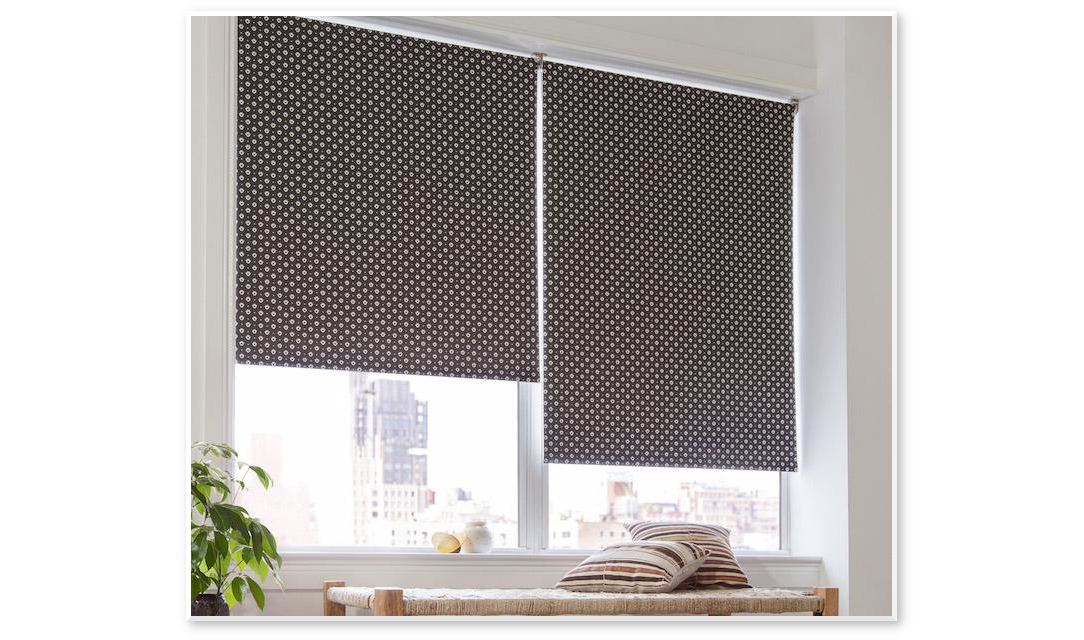 Melatonin, the sleep hormone, is also known as vampire hormone because the light is the enemy of sleep. Everyone will rest easily in a dark space. The use of blackout curtains is the key to blocking streetlights and sunlight that will wake you up too early or interrupt your nap. Although a sleep mask will do, a whole dark bedroom is more convenient.
Melatonin, the sleep hormone, is also known as vampire hormone because the light is the enemy of sleep. Everyone will rest easily in a dark space. The use of blackout curtains is the key to blocking streetlights and sunlight that will wake you up too early or interrupt your nap. Although a sleep mask will do, a whole dark bedroom is more convenient.
Step by step to build your blackout curtains for your bedroom:
- Step 1: Measure your window to determine the amount of fabric you need to buy. Next, calculate how wide the curtain should be.
- Step 2: Measure the width and length of your rod and add 1 inch to each measurement. Measure and cut a rectangle piece of fabric; this will not have a finished edge but is instead an extra piece on either side.
- Step 3: Attach hooks or rings onto the rods and hang curtains on both sides of your rod with made fabric strips and the finished edge facing each other.
- Step 4: Position your curtain rods on either side of your bed.
When possible, Use a Memory Foam Mattress for a Comfortable Sleep Experience.
A newer mattress that provides great support, memory foam mattresses are a serious upgrade to any bed and will leave you feeling refreshed and rejuvenated when you wake up.
Memory foam mattresses, in particular, absorb heat and keep it from escaping back into your body, so you wake up feeling more energized than with a traditional mattress.
Memory foam is composed of contradictions, precisely the way most people are, which is why memory foam is so useful to the bedroom (and overall).
4. Relaxing Music with Sonoro
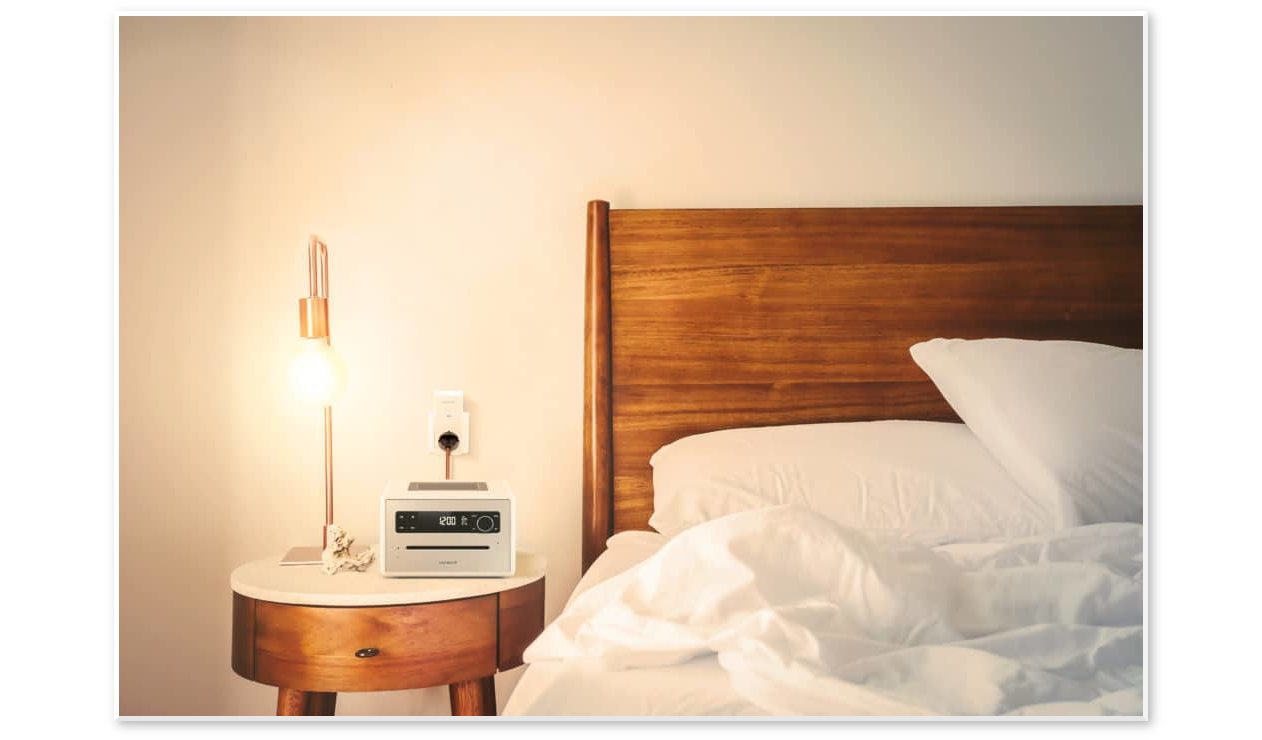 Good sleep is the result of relaxation. Soothing music can create a relaxing atmosphere. Audio systems from Sonoro offer pre-installed music such as nature sounds like rain and river sounds, relaxation music, guided meditations, and short relaxation sessions.
Good sleep is the result of relaxation. Soothing music can create a relaxing atmosphere. Audio systems from Sonoro offer pre-installed music such as nature sounds like rain and river sounds, relaxation music, guided meditations, and short relaxation sessions.
Not only the music, Sonoro includes a light setting. The pleasant dimmable display light won’t dazzle you when you look at the time at night.
The automatic system adjusts the lighting conditions to the optimal sleeping and waking time so you can fall asleep, wake up, and relax. The sleep mode slowly sets the light and music volume and lets your body rest. The sunrise simulation detects that it’s time to wake up. Thus, the light intensity and the sound slowly increase.
3. Keep your space Cool
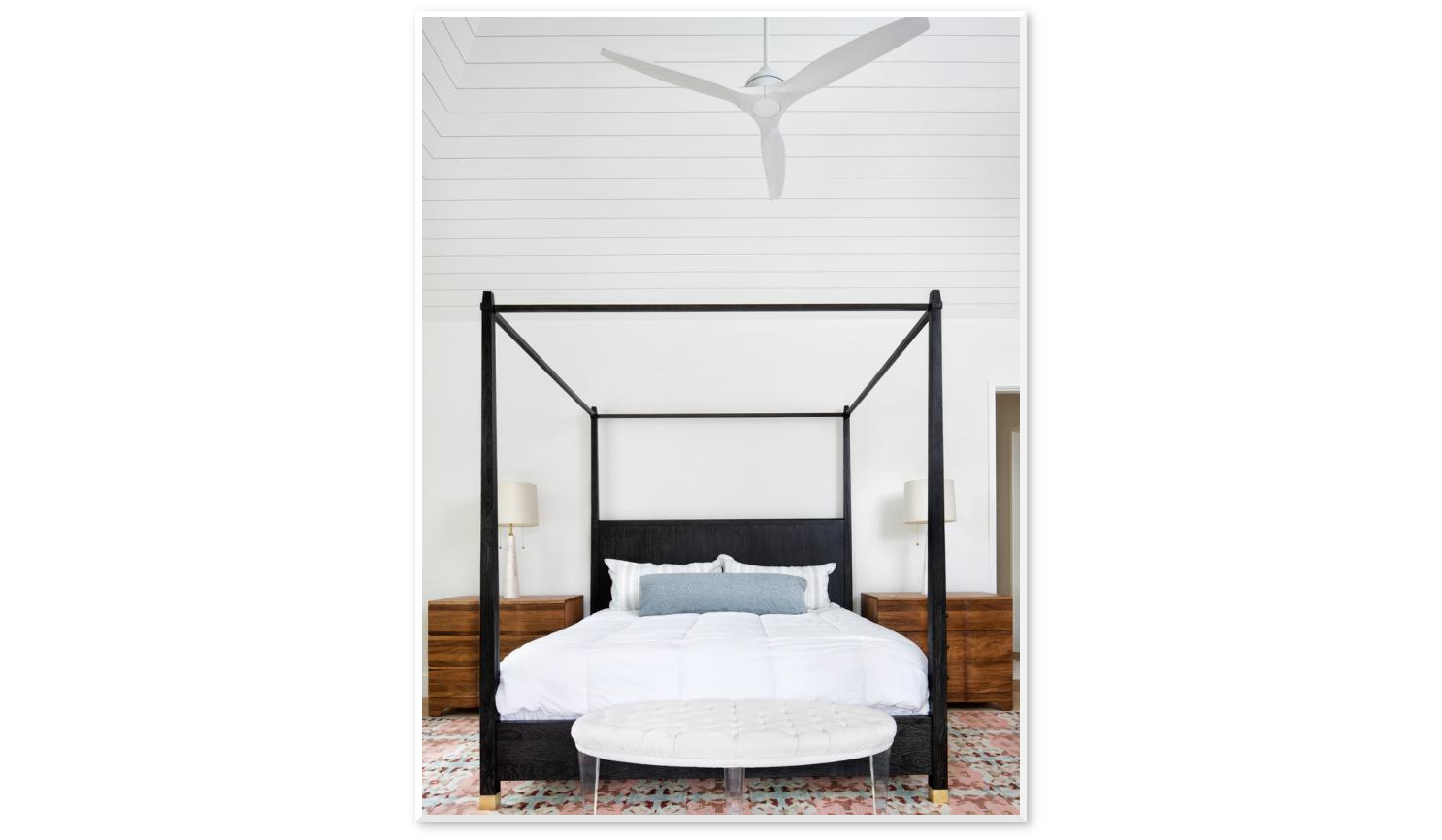 A warm bedroom can toss and turn you on instead of falling asleep. Even if you can sleep, it won’t be efficient, which leads to fatigue. The optimal room temperature is 19-21 degrees Celsius and may vary according to one’s needs.
A warm bedroom can toss and turn you on instead of falling asleep. Even if you can sleep, it won’t be efficient, which leads to fatigue. The optimal room temperature is 19-21 degrees Celsius and may vary according to one’s needs.
If you do not have any air conditioner, you can use a fan, open the windows as long as it’s not winter, or simply take a shower before bed. By the way, using a fan will be great if your room is way too quiet. Hearing white noise can be very helpful.
Relevant details:
1. Heat rises, so keep the ceiling fan on.
2. Keep your mind clear from tasks and worries by meditating for a few minutes before bed.
3. Starting with a hot shower can help you relax and get ready for bed.
4. Keep your room dark with blackout curtains or a sleep mask.
5. Set your alarm clock to an optimal time, so you don’t wake up too early or too late in the morning.
6. Listen to calming music or a podcast before bed to unwind.
7. Essential Oils like Lavender and Chamomile
Lavender, chamomile, Lavandin, and other essential oils will help you relax at night. Studies show that scents of these particular flowers can boost sleep quality and help relieve stress.
These scents are also effective in restoring focus and enhancing learning ability. They even promote tissue repair in wounds and burns and relief from inflammation and itching.
Moreover, when chosen for its therapeutic properties, the scent is known as aromatherapy, reducing anxiety-related symptoms associated with many mental disorders.
2. Keep it Soundproof
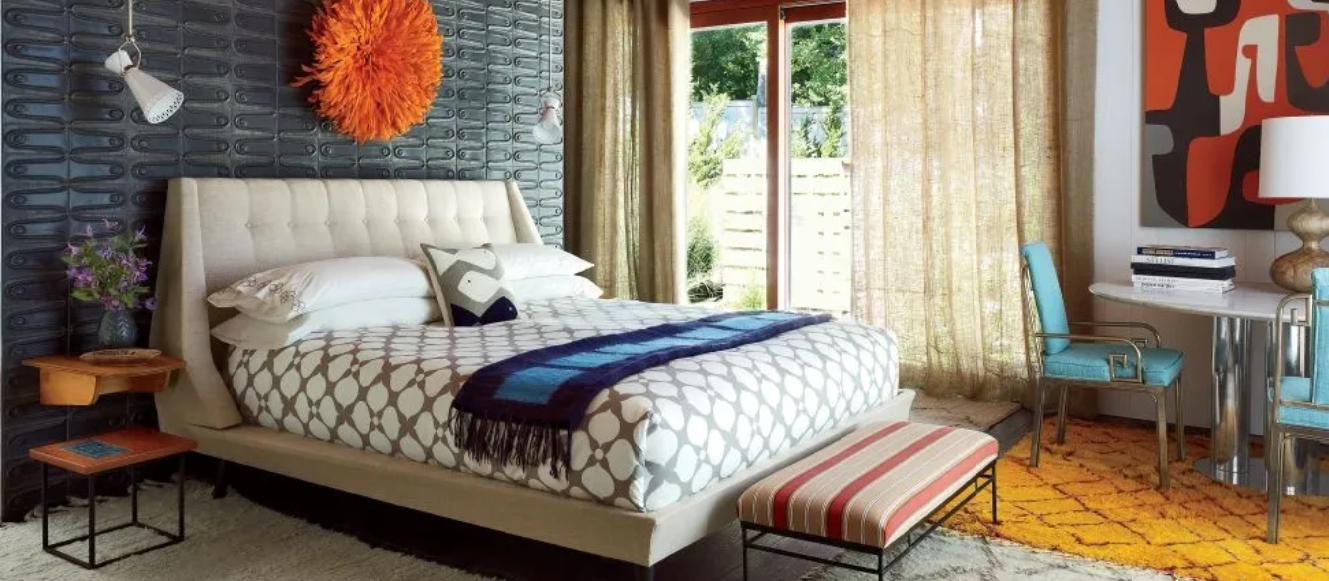 Aside from light, noise can also be a distraction to your sleep. Everybody wants peace atmosphere when they sleep, but you can’t control every noise coming from outside, especially if you dwell near a busy street or in an apartment building. A few improvements to your room will reduce the rackets.
Aside from light, noise can also be a distraction to your sleep. Everybody wants peace atmosphere when they sleep, but you can’t control every noise coming from outside, especially if you dwell near a busy street or in an apartment building. A few improvements to your room will reduce the rackets.
First, cover the floor with rugs. Rugs like faux fur, shag, wool, silk, or chenille reduce noise and give you a soft foothold in the morning. Second, coat the wall with a soundproof base coating that absorbs mid-range sounds.
You can paint over with regular paint. Last, invest in a sound machine that produces white noise. A steady swish will cover any other disturbing noise.
Detailed instructions:
- Step 1: Choose the paint needed, and follow the directions to measure and apply.
- Step 2: Find a wall not covered with curtains or drapes. You must apply the base layer of soundproofing before any other type of paint. The best places are above your windows, below your doors, on top of baseboards. Include under the doorstops in the hallway.
- Step 3: Create an even coat with a roller or brush when applying the base coat. Once done, allow it to dry for at least 24 hours before painting over it.
- Step 4: Paint over the wall using a brush or roller if necessary.
- Step 5: If you are concerned about the appearance of your wall, add a layer of wallpaper over it.
- Step 6: Add soundproofing to your windows as well. If you have curtains already, remove them, and apply fabric sealant along the edge of the frames. Tape this with 100% wool felt and rehang curtains to dampen outside noise without affecting your home’s interior temperature or privacy.
- Step 7: If you need it to cover a large area or have high ceilings, you may want to invest in a decibel meter that detects sound levels in different parts of the room. Measure your bedroom’s temperature and humidity before measuring any other ambient noise.
Lastly, Number 1. The Vaulted Ceiling Idea
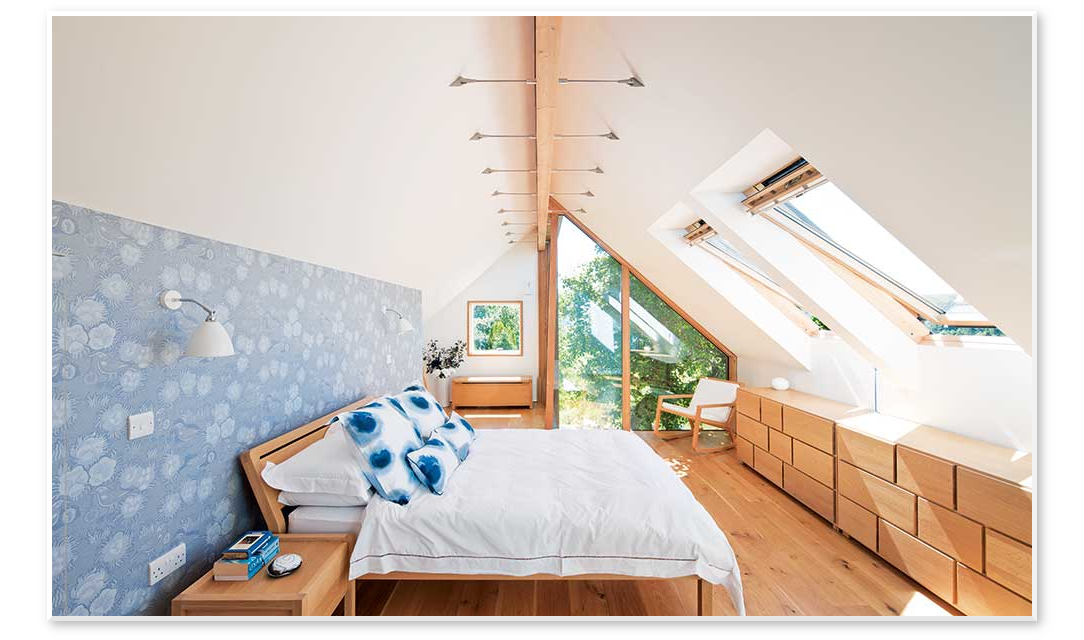 People also know vaulted ceilings as cathedral ceilings and raised ceilings. The arched form provides a ceiling or roof higher than the standard 8′-10′ ceiling height.
People also know vaulted ceilings as cathedral ceilings and raised ceilings. The arched form provides a ceiling or roof higher than the standard 8′-10′ ceiling height.
Rooms with vaulted ceilings have more extensive space and windows that support air circulation and natural lights. You’ll get lots of light that leads to more aesthetic appeal and energy safe.
Good air circulation and lots of natural lights indirectly enhance your sleep. Don’t worry about the intimacy of the areas beneath. You can divide the areas with pods and walls.
Relevant instructions:
- Step 1. Measure your ceiling height, and buy the right type of paneling.
- Step 2: Cut the panels to size and install them.
- Step 3: Arrange the panels on top of each other as if you were building a roof.
- Step 4: Reach the vaulted ceiling with a set of tall ladders, and nail them into the wall framing.
- Step 5: Connect adjacent panels with corner brackets or angle braces.
- Step 6: Examine your work for straightness, levelness, and alignment before proceeding.
- Step 7: Sand down all wood surfaces for smoothness.
- Step 8: Prime over old paint and stains with a quality primer to provide a surface that will accept your new finish coat.
- Step 9: Mix up a special paint and sprayer from the paint retailer designed for latex or polyurethane paint.
When necessary:
- No 1. Build a separate room for your office and study.
Some people build small separate bedrooms in their homes, which can be good options for working in the home office. But small bedrooms are not practical if you have children because they tend to create noise at some point of the day, so it’s best to create a more suitable room for your business and personal activities. - No 2. You can add a separate entrance to your room to develop a productive working environment.
- No 3. A small garage or storage area should also be well ventilated to avoid heat buildup and noises at night.
- No 4. If you have more than one heat source in your home, ensure that they are placed in different house areas so they won’t affect each other and cause annoyance.
Conclusions:
1). Window A/C unit located outside of your room with the window facing towards a wall will work wonders to get rid of the excess noise produced during the daytime by windows units that are too close to doors or walls (fans, heaters, etc.).
2). Soundproof doors. Soundproof your bedroom door(s) with a rubber door sill seal and a pair of sound isolating foam strips.
3). Soundproof windows will essentially block outside intrusions like the noise from an air conditioner or even the noise from a neighbor’s dog that barks during the night.
4). Get a sliding panel for doors, which allows you to open them partially.
5). Keep your curtains closed during the day and before bedtime.
6). Use carpeting, curtains, rugs, or furniture to insulate against outside noise.
7). Invest in heavy window treatments that keep light and sound.
8). Get a soundproofing machine that produces white noise and a fan.
9). Use a decibel meter to measure the ambient noise in your room before applying any measures.
10). Have outdoor walkways that lead directly to the room you want to soundproof, your bedroom, for example.
11). Use acoustic panels designed for soundproofing in your door. The panel plugs into the electrical outlet and can be easily adjusted. The panel is usually made from a foam material that you can hang from a window or wall.
12). Choose panels that do not use air; they use vacuum pressure to hold the panel in place without any screws or nails.
13). Select panels effectively block out all noise, including the noise of dishwashers, dryers, and ranges pitched at a low frequency. It is not difficult to achieve a quiet environment; it is all about finding the right tools and using them properly.
To feel comfortable and relaxed in your most personal space is the key to good quality of sleep. As the place where you will spend the mind and body’s most essential hours updating the interior design is enough for a change in your sleeping habits.
References:
10. Housebeautiful.com
9. Forbes.com
8. Organizedinteriors.com
7. We-heart.com
6. Lifestyleconnecteddesign.com
5. Forbes.com
4. Sonoro.com
3. Hgtv.com
2. Architecturaldigest.com
1. Homebuilding.co.uk